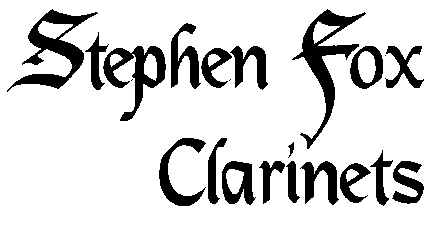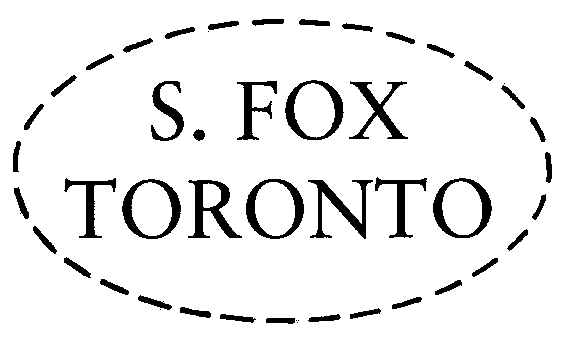 |
 |
||||||
| home
reproduction
historical woodwinds
|
These clarinets are based on specimens dating from around 1740-50 by J. G. Zencker (in D, with 2 keys; original in the Germanisches Nationalmuseum, Nürnberg) and "ISW" (J. M. Stinglwagner?) (in C, with 3 keys; original in the Oberösterreichisches Landesmuseum, Linz). They represent roughly the third generation of clarinet design, and are suitable for advanced music such as the concerti of J. M. Molter or the operas of J. P. Rameau. The 2 key clarinet - contrary to some preconceptions - has a fully chromatic range, and is capable of playing both Bb and B natural in the throat register; to achieve this, the fingerings in this region are quite different from those on modern clarinets. The fingerings of the 3 key clarinet are more similar to those of Classical and later instruments. Most frequently during this time the E/B key on 3 key clarinets was operated by the right thumb; however, it can be ordered in the "modern" location, for the left hand little finger. While boxwood was the most common material for clarinets of this period, pearwood is a historically authentic, practical and somewhat less expensive alternative, producing instruments with fine playing qualities and with rather less risk of instability and cracking. In
the interests of stability and longevity, these clarinets are supplied
with mouthpieces (manufactured by Ed
Pillinger) made from a synthetic material, closely resembling natural
wood both in appearance and playing properties.
|

